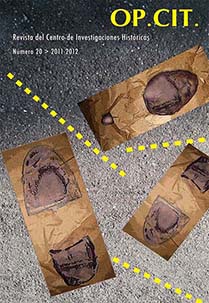Abstract
The present article is the result of an anthropological study carried out in Lima, Peru, between 2009 and 2010. The objective was to analyze the establishment of Santería based on the migrations of Cubans to Lima over three decades (1980-2000). Migrant waves were classified into two stages and an intermediate phase, the first one from 1980 to the end of the year 2000, the middle or core phase between 2000 and 2005, and the second stage since 2005 and up to 2010. The growth of Santería in the city is expressed through the formation of various local temple-houses and recurrent "godchildren" (of middle and upper-class status), who have appropriated and legitimated ritual practices, increasingly incorporating them into local culture. The Cuban cultural legacy is also noticeable in other spaces such as Cuban-style bars, restaurants, and discotheques, which are places of interaction and diffusion of the religion among transnational families and communities.

